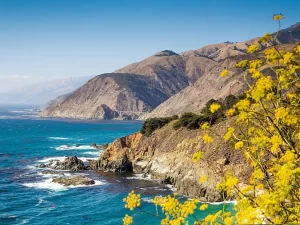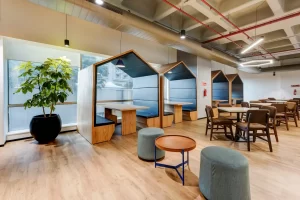Travelling – What Is It All About?

Travel is the movement of humans between various geographical locations. Travel can either be one way, round trip or two ways, traveling from point A to point B. The word “travel” itself may refer to movement between places where there is no physical change (such as between political borders), or it can refer to the act of crossing one state border to another to engage in commerce or other activities. Today, many people use travel when they change the location for a variety of reasons: to study, to seek employment, or to visit family and friends. However, travel may also occur for leisure, which refers to the act of going about one’s daily business without any particular purpose.
Most people who travel often will classify their travels as one-way, which means they only moved from point A to point B once; they did not drive from point A to point B or swim from point A to point B. In most cases, they will move in a single direction: from point A to point B. The majority of travellers will move in this one-way fashion over a period of approximately ten or twenty years, although this can vary, depending on factors such as age, health, the type of travel they have undertaken, the duration and frequency of their travel, factors affecting air and rail transport and climate.
For most people, a typical gap year is from two to five years. This allows them the opportunity to explore new areas, meet new people and make contacts for business and personal purposes. However, long term slow travel is a much more complex phenomenon, as it can include extended periods of time away from home. These are generally characterised by people who return to full-time employment within a few months of spending some time away from home.
There are several different types of traveller. Business travellers are individuals who are travelling to different countries every day. There are also businesswomen travelling to other countries, which could include those travelling between continents or even different countries within a single country. There are also family types travelling for a honeymoon (although many people also do this), and leisure travellers who are going on business trips to see friends and family, or to participate in certain programs. Long term slow travel is also sometimes undertaken by military personnel, who are often required to be away from home for long periods of time.
Long term travellers will almost always opt to go on a road trip. This can be a great way to meet new friends, see new places, gain some exercise and enjoy the sights and sounds of a new city. The hardest thing about road trips for long term travellers, is planning the journey ahead of time. You will need to consider your route, when you can expect to reach your destination and how many people you need to take with you. Depending on how long you plan to be away, this could involve contacting tour operators to arrange airport transfers or asking friends and family to help carry luggage. Some long term road trips can last three days or longer.
Gap year opportunities are abundant around the world. These opportunities enable young people to travel and experience a variety of cultures. A gap year in Africa offers a number of great ways to travel and experience life in a new country. The best part is that the whole family is not needed to participate. It’s a great way to bond with your extended family, make new friends and enrich your life.








